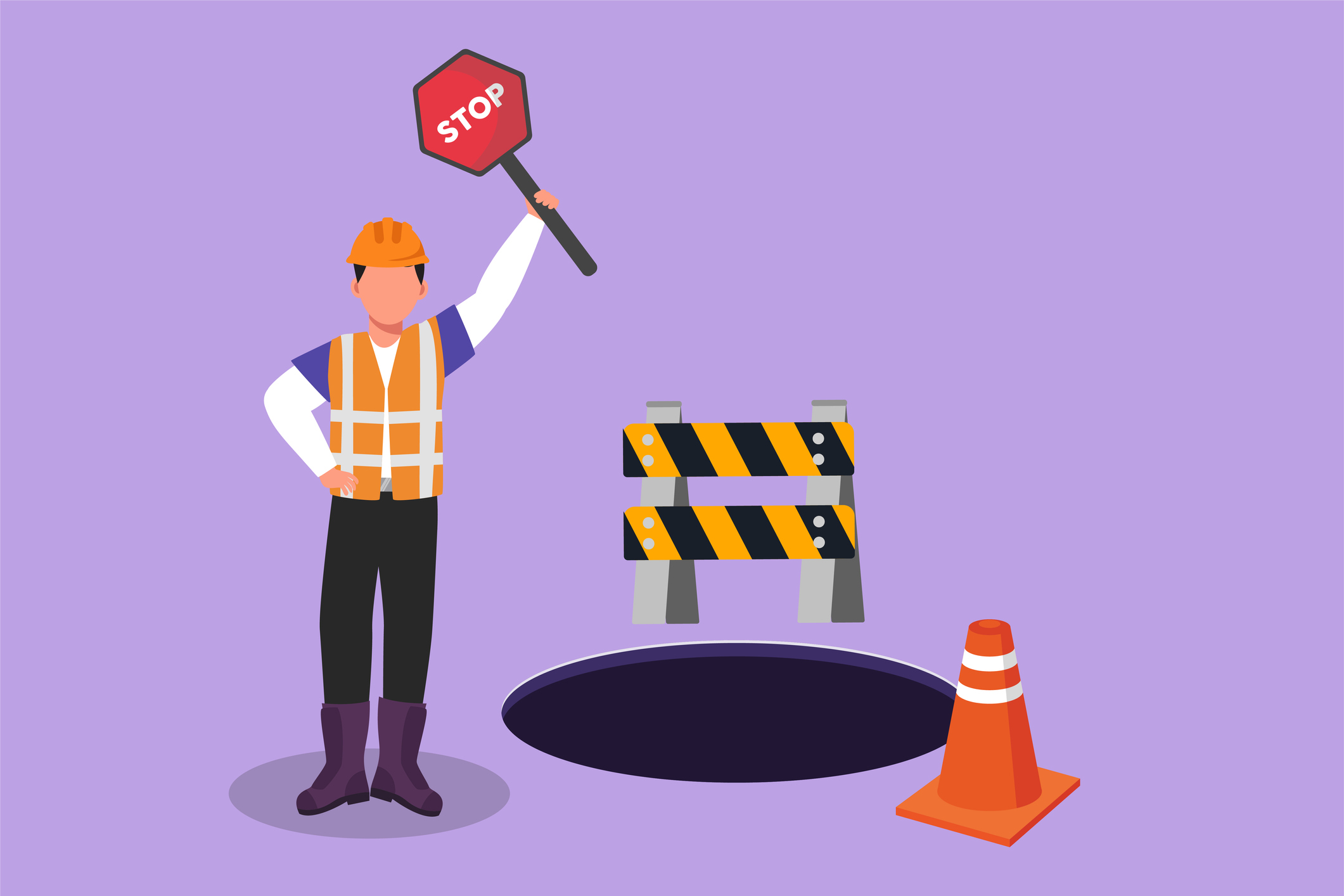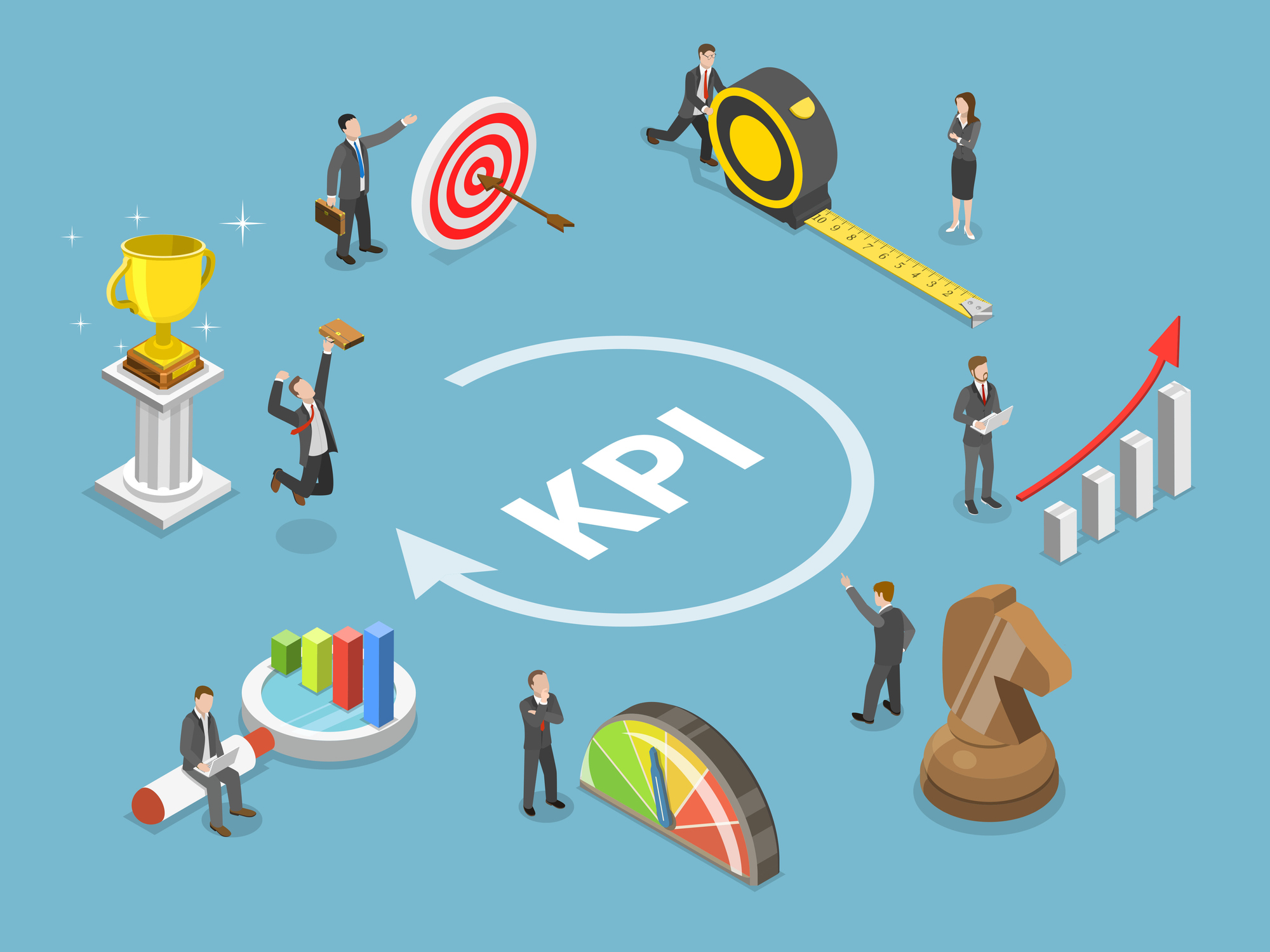Don’t Let Your Leads Get Snowed In! 4 Ways to Increase Occupancy This Winter
Winter is here, and as the snowflakes start to fall, you want your senior living community’s occupancy rates to continue to rise! This is a time that many “relax” and wait until after the holidays, after the winter. In our effort not to bother people, we fail to stay connected and prospects go “cold” (literally during the winter!) Remember, they raised their hand. Polite persistence and creative ways to engage can keep your prospects WARM and continue to grow your occupancy this winter.
4 ways to increase occupancy this winter
#1: Light a candle in the window with your digital strategy
Your senior living community’s welcome to prospective residents begins online. A well-rounded digital strategy is key to keep your new lead pipeline strong:
- Be sure your website is optimized for accessibility and search engine visibility. It needs to be easy to find and easy to navigate.
- Virtual tours and resident testimonials help create a comprehensive online experience for visitors. Make it immersive!
- Engage in content marketing with articles and videos about senior lifestyles and community events, and establish your community as a knowledgeable resource.
- Use social media, like Facebook and Instagram, to connect with potential residents, sharing updates and educational content to create a sense of community. They want to know what is happening at your community. What are the residents doing? What are they missing by not living there?
- Targeted email and SMS marketing will keep you in touch with prospects, so you can offer them tailored updates and information. Utilize online advertising, such as Google and Facebook Ads, to reach a wider audience and re-engage (through retargeting) interested individuals.
- Showcase positive reviews from residents to build trust. Form local partnerships and host online events to enhance visibility and community involvement. Using a tool like Occupancy Coach
- Don’t forget to use analytics tools to track the effectiveness of your digital strategies and adapt based on outcomes. Be sure you highlight your community’s unique attributes for a strong online presence.
If this sounds like a lot, Grow Your Occupancy can help you streamline your marketing funnel for optimal success! Learn more here.
2: Unwrap the gift of discovery for your prospects
As you learn about what is meaningful for your potential residents, you can tailor their experience of discovering your community in a way that resonates with their unique needs.
Some effective ways to do this during the winter season are:
- Connect prospects and families with a current resident—virtually. Even though the weather outside may be frightful, virtual meeting technologies can be a delightful way for potential residents to meet future neighbors and get to know your community.
- Offer to drive when the weather is bad. Picking prospects up from their home and giving them transportation to your community for a visit will emphasize your community’s commitment to their convenience and safety.
- Reach out to adult children of prospects with relevant seasonal information. For example, isolation is a common problem among older adults, and it tends to be more severe during the winter months.
In your conversations with prospects and families, direct the discussions to WHY they are considering living in your community. How would it make life easier for them? What are the main reasons they would decide to move versus remain where they are?
Plant the seed in prospects’ and families’ minds that life in a caring, supportive senior living community like yours may be the best solution to the challenges they and their loved ones are facing during the winter.
#3: ‘Tis the season for home visits
The winter can potentially be a lonely time for homebound seniors. Spread your community’s welcoming spirit beyond your walls by arranging home visits to prospects.
● Start by identifying potential residents from local sources such as senior centers or healthcare providers.
● Customize your visits to reflect each individual’s interests and needs. Be ready to address questions about costs, services, and care levels, and offer reassurance and clarity.
● Sharing elements like a sample meal or community newsletters can provide a real-life glimpse of your community. If possible, consider bringing along current residents who can offer authentic insights into community life.
● Following your visit, stay in touch with personalized notes or small gifts. Use technology like virtual tours for remote engagement or as a supplementary tool.
● Continually seek feedback to improve your approach, always respecting the potential resident’s privacy and scheduling visits professionally.
Done right, with a focus on personalization and genuine care, home visits are an outstanding way to build trust and personal connections with potential residents and their families.
#4: How are mom & dad after the holidays? Ask them what they want & need!
Open up a conversation among prospects, their families, and your sales team by developing a questionnaire focusing on key areas like care needs, lifestyle preferences, and financial considerations. Incorporate these questionnaires into your printed and digital marketing materials, and encourage readers and viewers to fill them out and turn them in.
You’ll need to train your sales team to interpret the responses to your questionnaire, so they can personalize follow-up discussions and address prospects’ specific concerns while highlighting the features and benefits your community offers. Regularly analyzing the responses to your questionnaire will also help you to adapt your services and marketing strategies so they best align with your prospects’ evolving needs.
Be sure your questionnaire is easy to complete, and strictly adheres to data protection regulations to ensure privacy and build trust. Using questionnaires as part of your outreach fosters better engagement and educates prospects about your community, which will help your occupancy grow.
Now that you’re equipped with some evergreen ideas on how to grow your occupancy this winter, why not take the next step and learn more?
Join us on Wednesday, December 13, 2023 at 1 p.m. EST for a complementary Sales Leadership Webinar hosted by Melisa Jones-Knight, Sr. VP of Sales & Marketing at Elegance Senior Living, and our very own founder and CEO, Julie Podewitz.
Don’t let those leads hibernate all winter! Reserve your spot at our free webinar today!
Learn more
Looking for more ways to keep your senior living community full and thriving year-round? Grow Your Occupancy is here to help with sales coaching and training for your team, hiring and onboarding support, optimizing your sales funnel, and more. Reach out to us today at [email protected] and let’s take your senior living sales to the next level.










